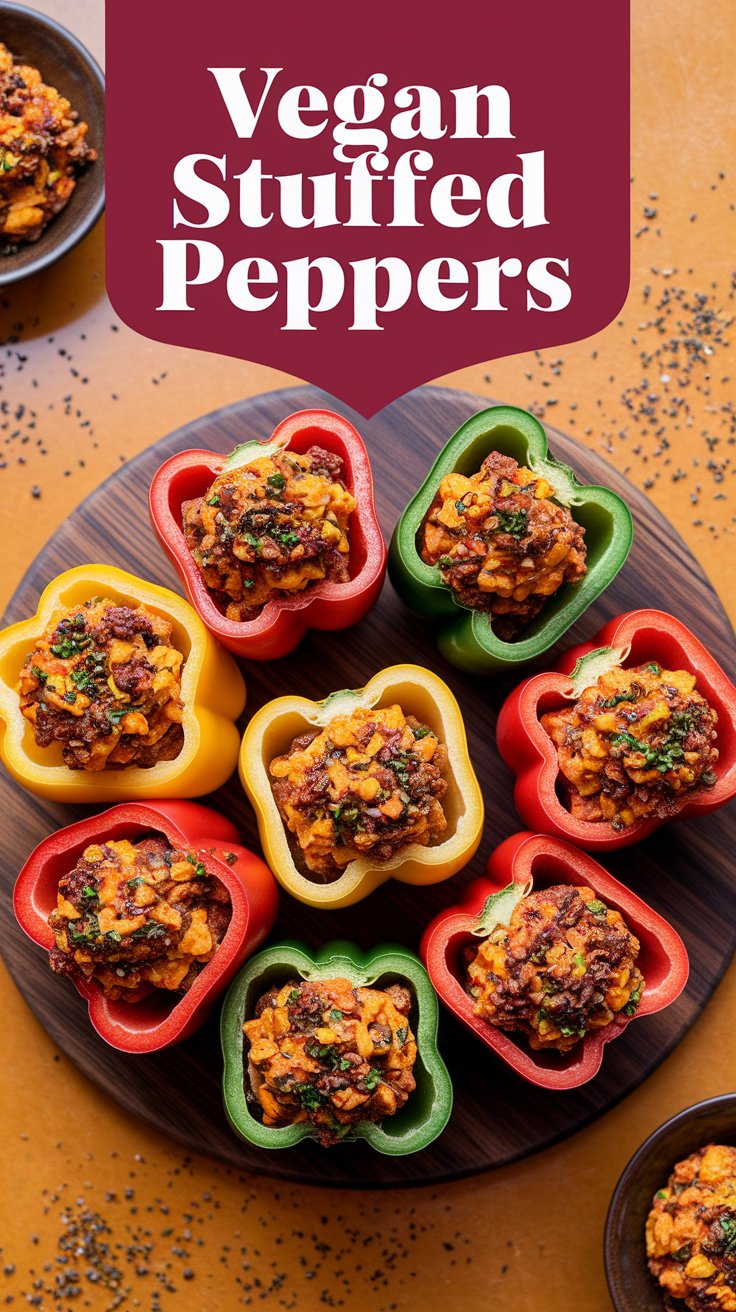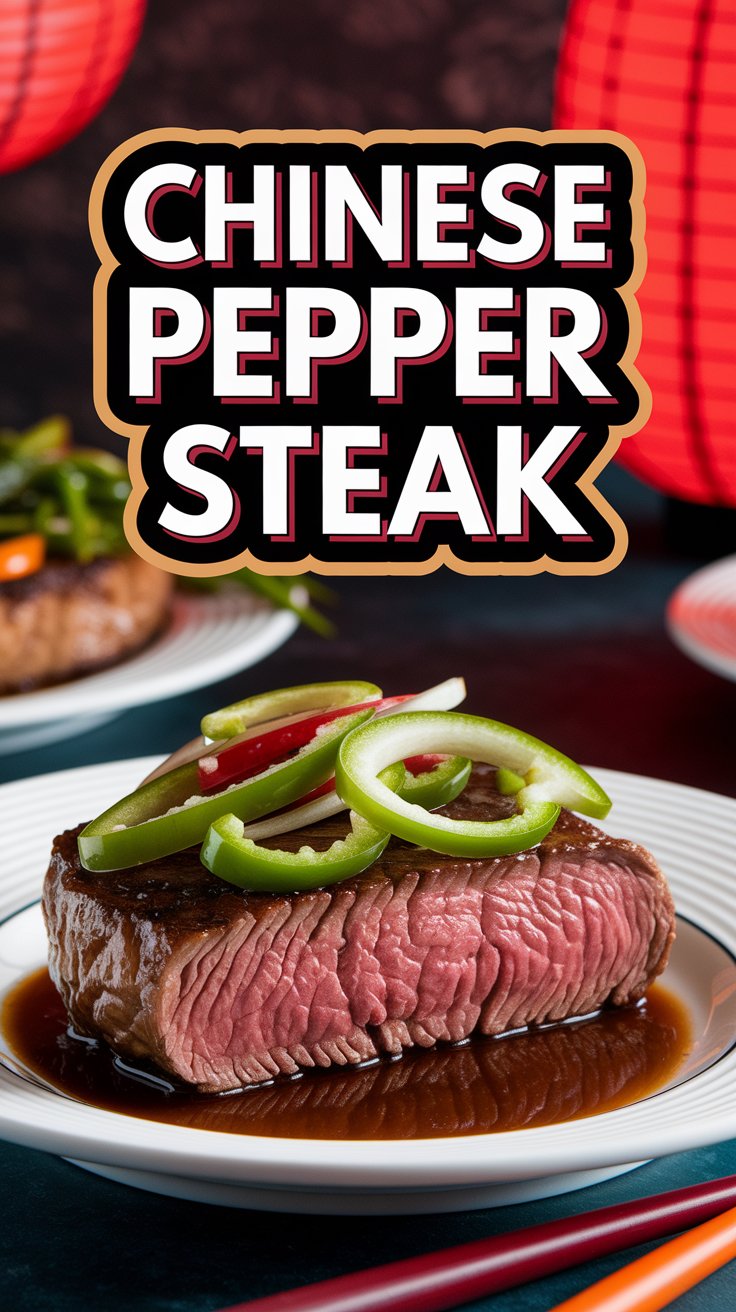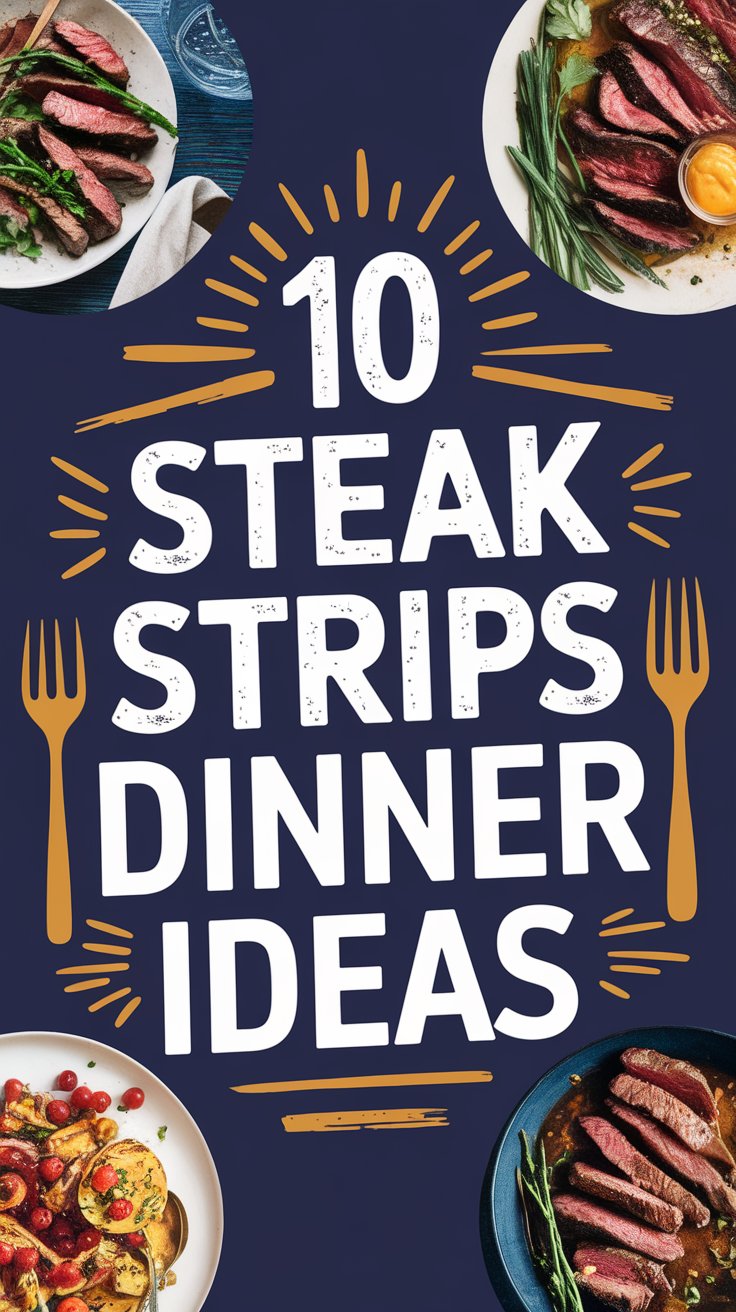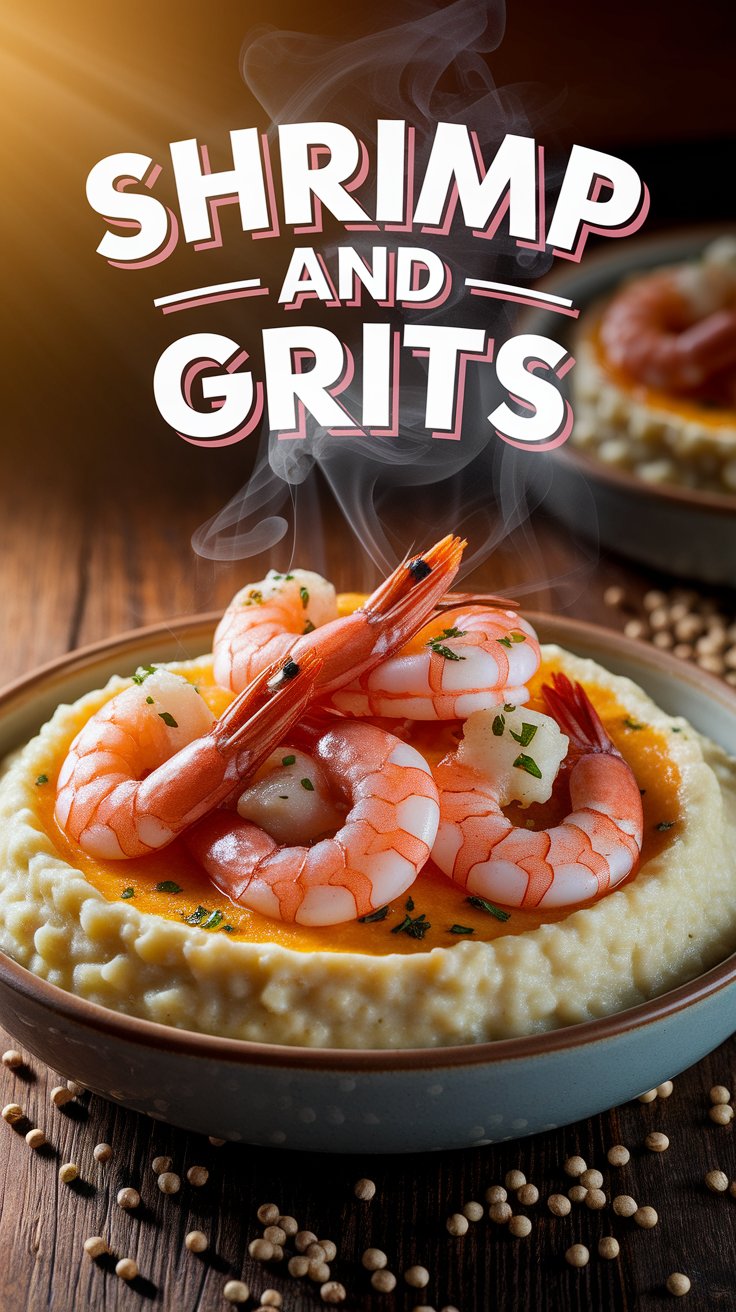Easy Beef Tenderloin Recipe
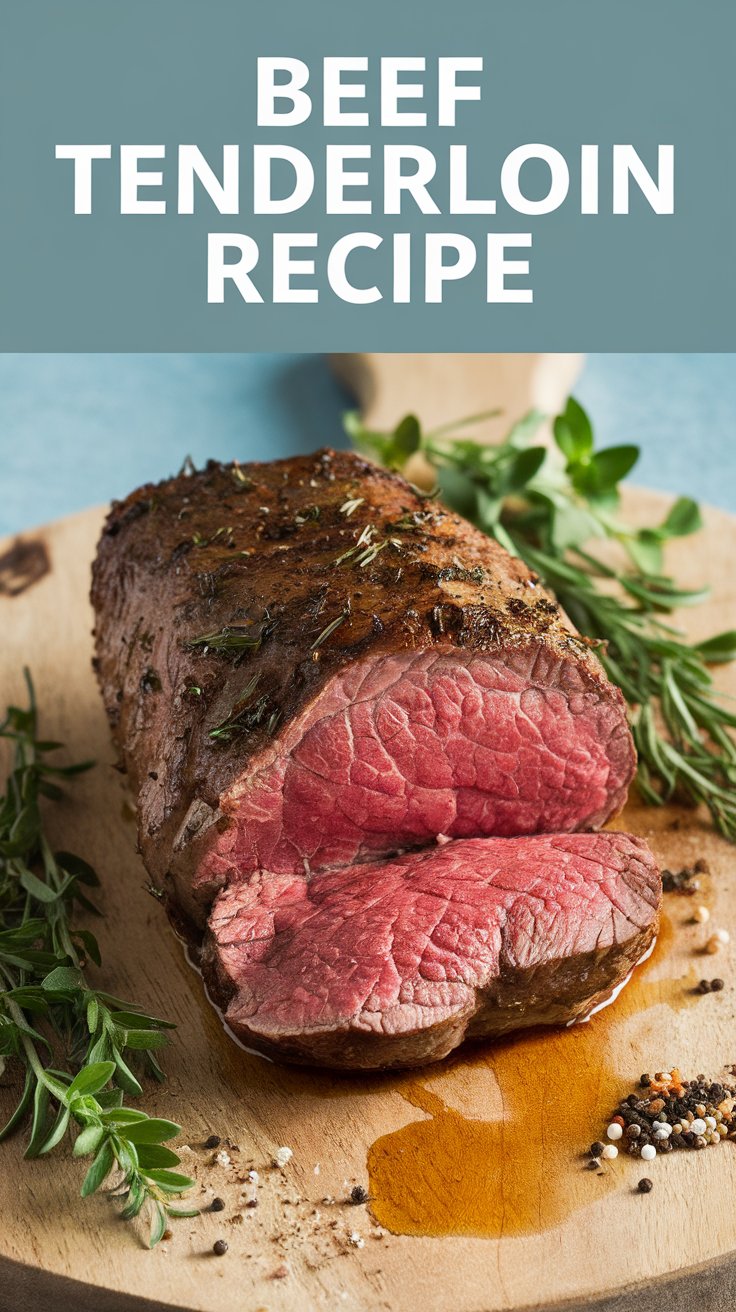
Beef tenderloin is the crown jewel of cuts—luxuriously tender subtly flavored and perfect for those moments when you want to impress without overcomplicating things. Whether you’re hosting a holiday dinner or celebrating a personal milestone this guide will walk you through everything you need to know to prepare a show-stopping beef tenderloin.
🥩 What Is Beef Tenderloin?
Beef tenderloin is a long cylindrical muscle that runs along the spine of the cow. It’s prized for its tenderness because it does very little work during the animal’s life. When sliced into steaks it yields filet mignon—the most tender steak you can buy. The whole tenderloin when roasted becomes the centerpiece of elegant meals.
🛒 Selecting the Perfect Cut
When shopping for beef tenderloin consider the following:
- Marbling: Look for fine threads of fat throughout the meat. While tenderloin is leaner than other cuts a bit of marbling enhances flavor and juiciness.
- Color: Fresh tenderloin should have a vibrant cherry-red hue.
- Grade: Opt for USDA Prime or Choice grades for superior tenderness and flavor.
- Whole vs. Pre-Cut: Purchasing a whole tenderloin allows for more control over trimming and can be more cost-effective.
🔪 Preparing the Tenderloin
Trimming
Begin by removing the “chain”—a fatty strip running along the side of the tenderloin. Next carefully trim away the silver skin a tough silvery membrane that doesn’t break down during cooking. Use a sharp knife to slide just under the silver skin and peel it away in strips.
Tying
To ensure even cooking tie the tenderloin at 1-inch intervals using butcher’s t. Tuck the thinner tail end under and secure it to create a uniform shape.
Seasoning
Generously season the tenderloin with kosher salt and freshly ground black pepper. For added flavor consider a marinade with ingredients like garlic rosemary thyme and olive oil. Allow the meat to rest at room temperature for about 30 minutes before cooking to ensure even heat distribution.
🔥 Cooking Techniques
Searing
Searing the tenderloin creates a flavorful crust and locks in juices. Heat a heavy oven-safe skillet over medium-high heat. Add a tablespoon of high-smoke-point oil (like canola or grapeseed). Sear the tenderloin on all sides until a deep golden-brown crust forms.
Roasting
After searing transfer the skillet to a preheated oven at 425°F (220°C). Roast the tenderloin for approximately 20-30 minutes depending on its size and your desired level of doneness.
Temperature Guide
Use a meat thermometer to ensure perfect doneness:
- Rare: 120-125°F (49-52°C)
- Medium Rare: 130-135°F (54-57°C)
- Medium: 140-145°F (60-63°C)
- Medium Well: 150-155°F (65-68°C)
- Well Done: 160°F (71°C) and above
Remember the meat will continue to cook slightly after being removed from the oven. Aim to take it out when it’s about 5°F (3°C) below your target temperature.
⏳ Resting and Slicing
Once out of the oven let the tenderloin rest for 10-15 minutes. This allows the juices to redistribute ensuring a moist and flavorful roast. When slicing cut against the grain into ½-inch thick slices for maximum tenderness.
🍽️ Serving Suggestions
Beef tenderloin pairs beautifully with a variety of sides and sauces. Consider the following accompaniments:
- Garlic Mashed Potatoes: Creamy and flavorful they complement the richness of the meat.
- Roasted Vegetables: Seasonal veggies add color and nutrition to your plate.
- Red Wine Reduction Sauce: A rich sauce made from red beef stock and herbs enhances the beef’s flavor.
- Fresh Salad: A light salad with vinaigrette provides a refreshing contrast.
For a pairing a full-bodied red like Cabernet Sauvignon or Merlot complements the tenderloin’s flavor.
⚠️ Common Mistakes to Avoid
- Skipping the Thermometer: Relying solely on time can lead to overcooked or undercooked meat. Always use a meat thermometer for accuracy.
- Not Resting the Meat: Cutting into the tenderloin immediately after cooking can cause juices to run out leading to a dry roast.
- Overcooking: Beef tenderloin is best enjoyed medium-rare to medium. Cooking beyond this point can result in a tough texture.
- Inadequate Seasoning: Don’t underestimate the importance of seasoning. A well-seasoned tenderloin enhances the overall flavor.
👨🍳 Final Thoughts
Mastering beef tenderloin is an impressive culinary skill that can elevate your cooking repertoire. By understanding the cut properly preparing it choosing the right cooking method and knowing how to serve it you can create a dish that is sure to impress. Remember practice makes perfect—don’t be afraid to experiment with different seasonings and
Helpful Resources
- https://www.realsimple.com/beef-tenderloin-recipes-8348909?utm_source=chatgpt.com
- https://www.delish.com/cooking/recipe-ideas/a55651/best-beef-tenderloin-recipe/?utm_source=chatgpt.com
- https://capitalfarms.com/blogs/best-beef-near-you-real-local-beef/beef-tenderloin-mastery-tips-and-techniques-for-the-perfectly-cooked-cut?utm_source=chatgpt.com
- https://capitalfarms.com/blogs/best-beef-near-you-real-local-beef/the-ultimate-guide-to-cooking-beef-tenderloin-in-the-oven-tips-for-perfectly-juicy-results?utm_source=chatgpt.com
- https://basilandbubbly.com/best-beef-tenderloin-recipe/?utm_source=chatgpt.com
- https://www.thepioneerwoman.com/food-cooking/recipes/a9878/roasted-beef-tenderloin-recipe/?utm_source=chatgpt.com
- https://cookingwithcasey.com/recipes/perfect-beef-tenderloin?utm_source=chatgpt.com
- https://damndelicious.net/2020/12/18/garlic-rosemary-beef-tenderloin/?utm_source=chatgpt.com


